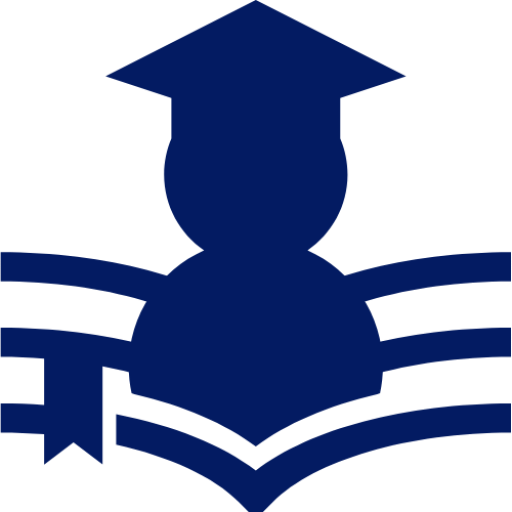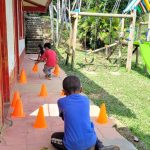How does Icesi coordinate with companies to offer quality education?
Esteban Piedrahíta (EP): Icesi was born thanks to the interest of companies in Valle del Cauca in generating local talent. This connection allows us to enrich educational experiences that lead students to get closer, through their professional practices, to real work environments with which they can understand current business dynamics.
How can the academy contribute to closing gaps?
EP: We are concerned about the situation of social inequality that the country is experiencing. For 20 years we have been working on quality with inclusion to facilitate access for students from socioeconomic strata 1, 2 and 3. To achieve this, we have different financing mechanisms: agreements with Icetex, donations from businessmen and the Icesos scholarship. This is how we break the cycles of poverty for the student, their family and their community.
What is your position regarding free higher education?
EP: The focus of free education should be on initial education: this way all children from 0 to 5 years old would have access to a garden. Free tuition for state universities is difficult to sustain because resources are scarce. The student who enters a public school is already a privileged person in the system, because he pays very little to give him a free education. These resources, on the other hand, could be used free of charge, universally and quality in the first years, and not so much in higher education, as this Government is so obsessed with.
How do private universities see the reform of Law 30?
EP: The concern is the bias in the current Government’s speech in favor of the state. It is proven that there are good and bad things in both public and private institutions. We lose a world of capabilities if we do not take advantage of the advantages of the mixed model that we currently have. The important thing is to achieve results in providing access and quality education to Colombians.
What are, in your opinion, the country’s main challenges regarding education?
EP: We are failing children and young people with quality educational opportunities. In initial education, which is the most important of all, coverage is only 50 percent. From there, young people have disadvantages that accumulate throughout their school education and that is where the social gaps begin. We need more resources for education. They must come from wealthy families and the State; of mechanisms such as income-contingent financing, in which students receive a loan and pay according to their success in the labor market.
Is it possible to meet the Ministry of Education’s goal of guaranteeing 500,000 new places for Higher Education Institutions?
EP: It is very difficult and, above all, almost unfeasible to do it with quality, because it is a high figure. However, it is good to aspire to those goals. To achieve numbers close to what is proposed, we must take advantage of all the capabilities that our educational system has. I think that without the participation of private universities it is impossible to think about expanding the places to 500,000.
This content was made with the support of Icesi.



